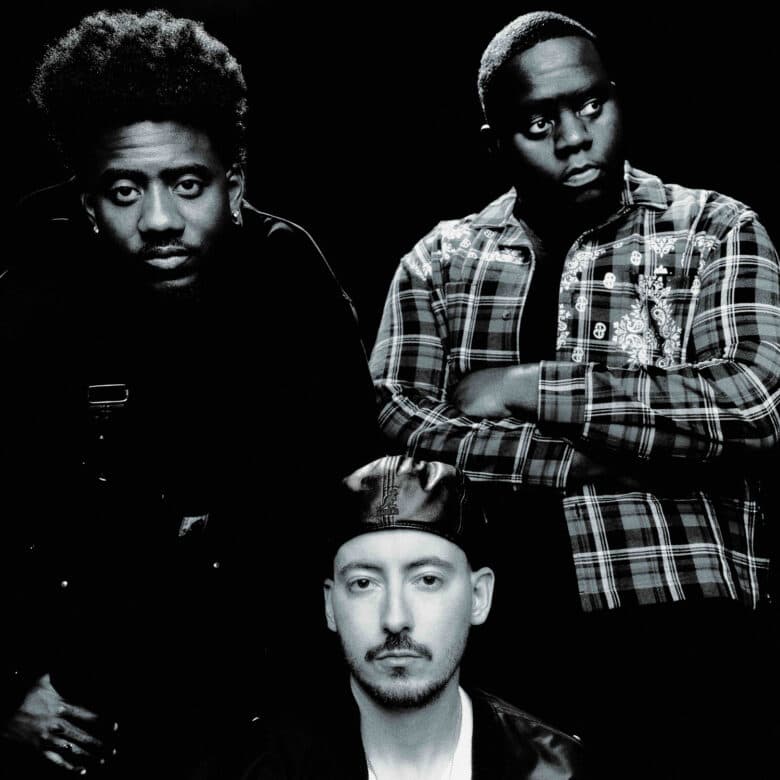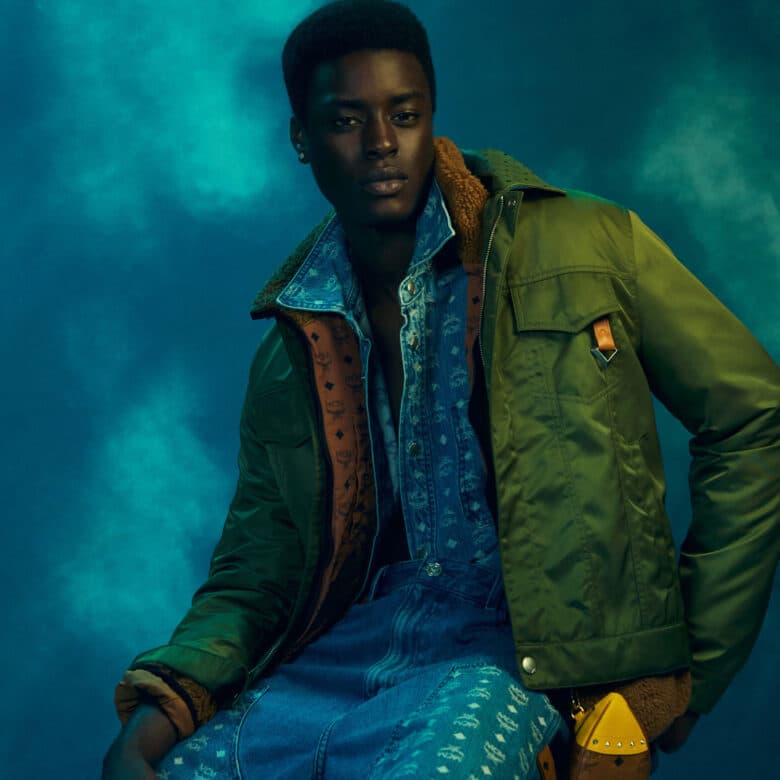Look up The Breakout Hack and you might find a video of its founder in a conference room, standing on the table, with stiletto-clad feet carefully balancing on an ombre-printed box, and Nicki Minaj playing in the background. Oh, and Nicki Minaj has reposted the video. If that all sounds like a far cry from the sterile marketing treatment acne brands typically receive, it’s because it is. But it’s also because The Breakout Hack is not like the typical acne brands, because when your founder stumbles across a game-changing piece of patented medical technology at only twenty-two, you’re allowed to do things a little bit differently.
Fresh out of uni and in her first job at a Medtech company, Rachael Wilde had no plans of building a skincare empire. “I always thought I was going to end up in a consumer goods company like Coca-Cola, you know, doing a big ad commercial,” she tells me. But when she discovered a medical system used for treating wounds and infections, that just so happened to work like a charm for acne, her plan started to shift. “They were basically sitting on this discovery, and had this skin care product on their shelf, and I was a long-term sufferer of acne, so I had a bit of a selfish interest in the product.”
Over the past five years, this “selfish interest” has snowballed into Australia’s fastest growing blemish care brand, with two of their signature pimple patches selling every minute. Their formulas are gentle, their packaging is cute and their message is playful, honest and positive. They aren’t just about making viral products — they’re shifting the narrative around acne. Inspired by her own experiences as a teen, Rachael remembers, “I would go through these traditional pathways of seeking help with my GP or a dermatologist and the whole way no one ever paused to be like, Are you okay?”. The Breakout Hack is all about making treating acne fun, showing it’s not something to be ashamed of. In short, they’re everything you wished for as a spotty sixteen year old. And, even better yet, as of 8 October, they can be found on the shelves of Boots.
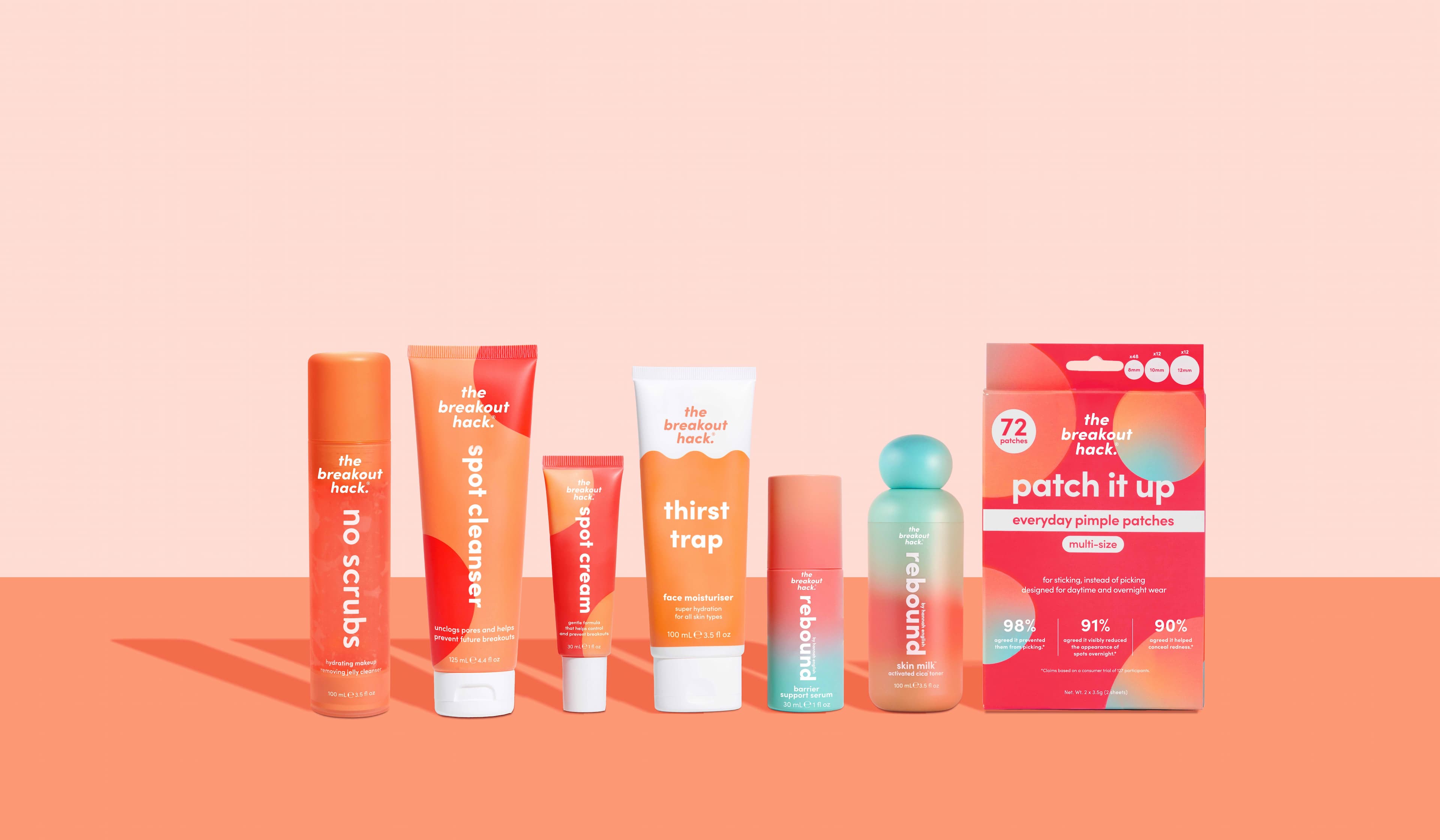
Congratulations on your UK launch! How did this all come about, and why did Boots feel like the right retailer to enter the UK market?
The Breakout Hack had a rapid growth journey in only five years, but we always aspired to take the brand international, and the UK is our first major step in doing that. We know in Australia our customers really enjoy being able to find us in store, and a core part of the mission of the brand is to make it really accessible. We’re in a pharmacy called Priceline in Australia, and it’s very similar to Boots. They also have a healthcare professional in store so it has that trust and credibility, but it’s a destination for beauty without feeling overly aspirational, or out of reach, or intimidating. When someone’s suffering with breakouts, they don’t want to walk into an environment that feels scary. So for Boots, you have that trust in [it] being one of the biggest beauty retailers in the UK, but more so than that, they’re known for being really good value. It’s still approachable whilst being that beauty destination.
You first discovered the patented technology behind the brand at only twenty-two years old, which is absolutely mad. How did that come about, and how did you go on from there to develop The Breakout Hack?
I studied marketing at uni and then landed my first ever job in Medtech at nineteen, where I came across a patent for this technology. Typically, you’ve got medical research and development companies that are creating the tech — they patent it and everything else — but they are not the ones that take it direct to market. Often they use these big distribution companies like the one I was working at, so I was privy to how distribution deals were done. And there was one medical research and development company who created a patented tech and they were using it in the hospital space for wound care and infection control. Then they discovered the same tech could be used in bacteria in relation to breakouts and acne. So they clinically trialled it against the likes of benzyl peroxide and salicylic acid. It doesn’t have either of those things in it — it’s actually not about an active ingredient. It’s dermatologically tested on sensitive skin and it was shown to be more efficacious at reducing the bacteria than the other two products. I was like, What’s going on here? Can I get my hands on some? I was reading the patents behind it and was really impressed, and I ended up convincing my mother to go into business with me, and she’s now our CFO. We co-founded the business together and we ended up winning the licensing rights to this product and were launching in six months. So, from there, we basically had to learn on the fly.
As a young female founder, did you ever struggle to get people to take you seriously?
I was the customer and I really understood the customer. These other medical research and development companies didn’t know skin care, they didn’t know beauty and they didn’t understand this customer. So I think there was a bit of naivety that actually fed into my favour. But then there was also a very big pool of people that had a lot of opinions around the decisions that we were making because it is a very science-backed product, though we did it in a very consumer-led way. So it was all very fun branding and that was all very intentional. We saw where the white space was in the category and wanted to enter in a certain way. We understood how the customers wanted to interact with brands and we were criticised for that.
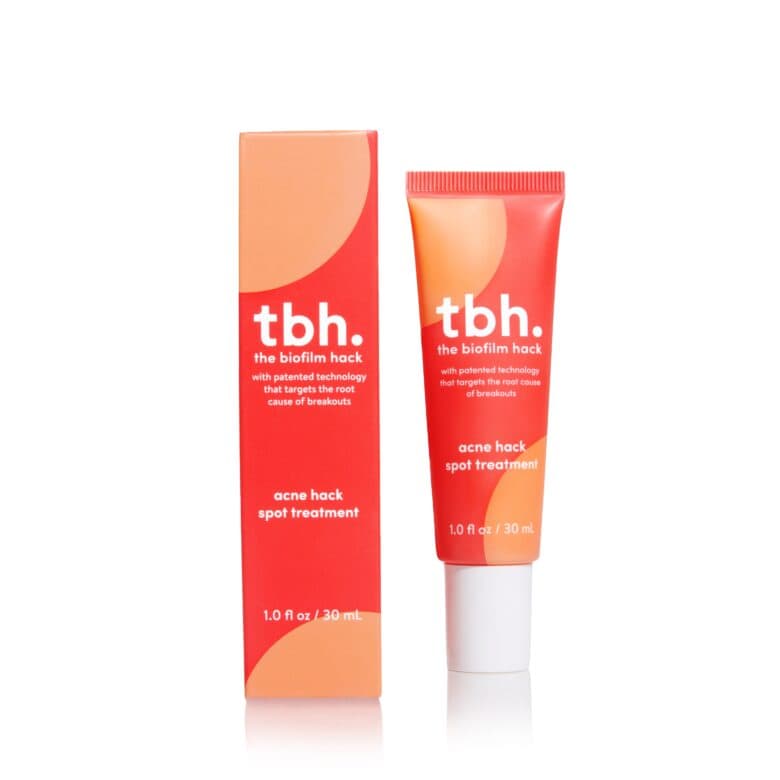
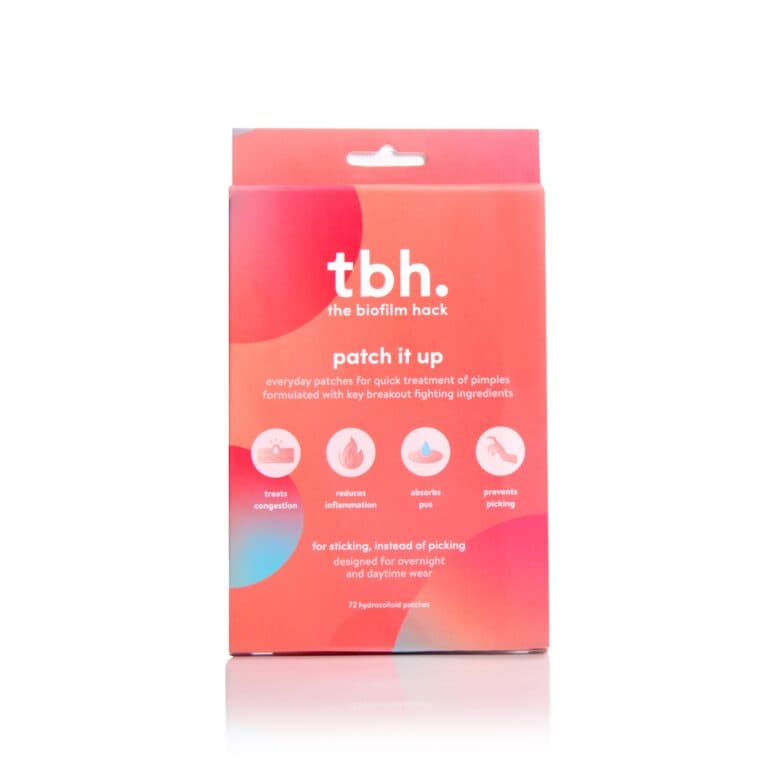
As you mentioned, your products are markedly more gentle than other acne products on the market, which are packed with acids and actives. Was this decision inspired by your own experience with acne?
I’d lived the whole tale of the bleached towels and T-shirts, and then being given things like topical vitamin A that absolutely deteriorated my skin. When you look at how traditional brands approach this problem on the market, they have their one active that’s ‘the hero’ of their line, but they put that active through their cleanser, their spot treatment, their serum, their moisturiser. It’s in every single step, and it’s overkill. I think we’re more educated these days on what the skin needs. What we wanted to do with The Breakout Hack was to bring other products that supported the skin but weren’t all about ‘treat, treat, treat’. And so for us it was about creating this holistic routine that’s working together because people who suffer from breakouts, once they do find something that works for their skin, they’re terrified about using something else that’s going to flare them up. So The Breakout Hack is about giving them that solution, but then also being a trusted brand that they can use, where they know that it’s safe for their skin type.
And it’s not just the products that feel very different to your normal acne brands. You also have a very ‘acne positive’ tone of voice. Was that shift in rhetoric something that was important to you when developing the brand?
I think it was the most important thing, and that came to be out of my own personal experience with acne. I think they say you’re sixty-three percent more likely to suffer from depression within your first year of experiencing acne, and I feel like I lived that first hand when I was sixteen and dealing with my worst ever breakouts. I think I missed forty-four days of school one year because I couldn’t get out of bed and face the day. It’s something that absolutely shatters your sense of self and confidence. When I think back then to when I was sixteen, there was probably even more of a stigma on it and it was something that always felt like your fault. I just felt like it was never treated with the level of sensitivity that it deserved, and a lot of the time I felt super vain for caring that much about it. And so my mission with the brand was, yes, we’ve got this amazing tech and it can help, but the last thing we’re going to tell people is that they’ve got a problem that needs fixing. On the contrary, it was actually about bringing in something that felt like a celebration of the customer. Now we’ve got people saying to us, I can’t wait till I get a pimple so I can use this product, and that’s totally flipped that narrative now. They all want breakouts to use the brand, and that actually sets my soul on fire. It makes me so happy because that’s exactly what I set out to achieve, and it’s why we were very intentional the whole way through about having a playful tone of voice and bringing joy to the whole experience, because skincare is really fun and this customer group deserved a brand that gave them that, as well.
Your social media presence is also super playful and prone to virality. Even Nicki Minaj is a fan. Is that something you knew you wanted to do from a marketing standpoint when creating the brand?
I think it was just really about showing up where the customer was most active. We just wanted to engage one to one with the customer in a way that felt real and organic to them. And it’s not about us pushing a product or a sale, it’s more so about this relationship. I think that’s quite reflective of the team and the culture that we’ve felt internally. It’s the DNA of the brand, and it just comes to life on socials.
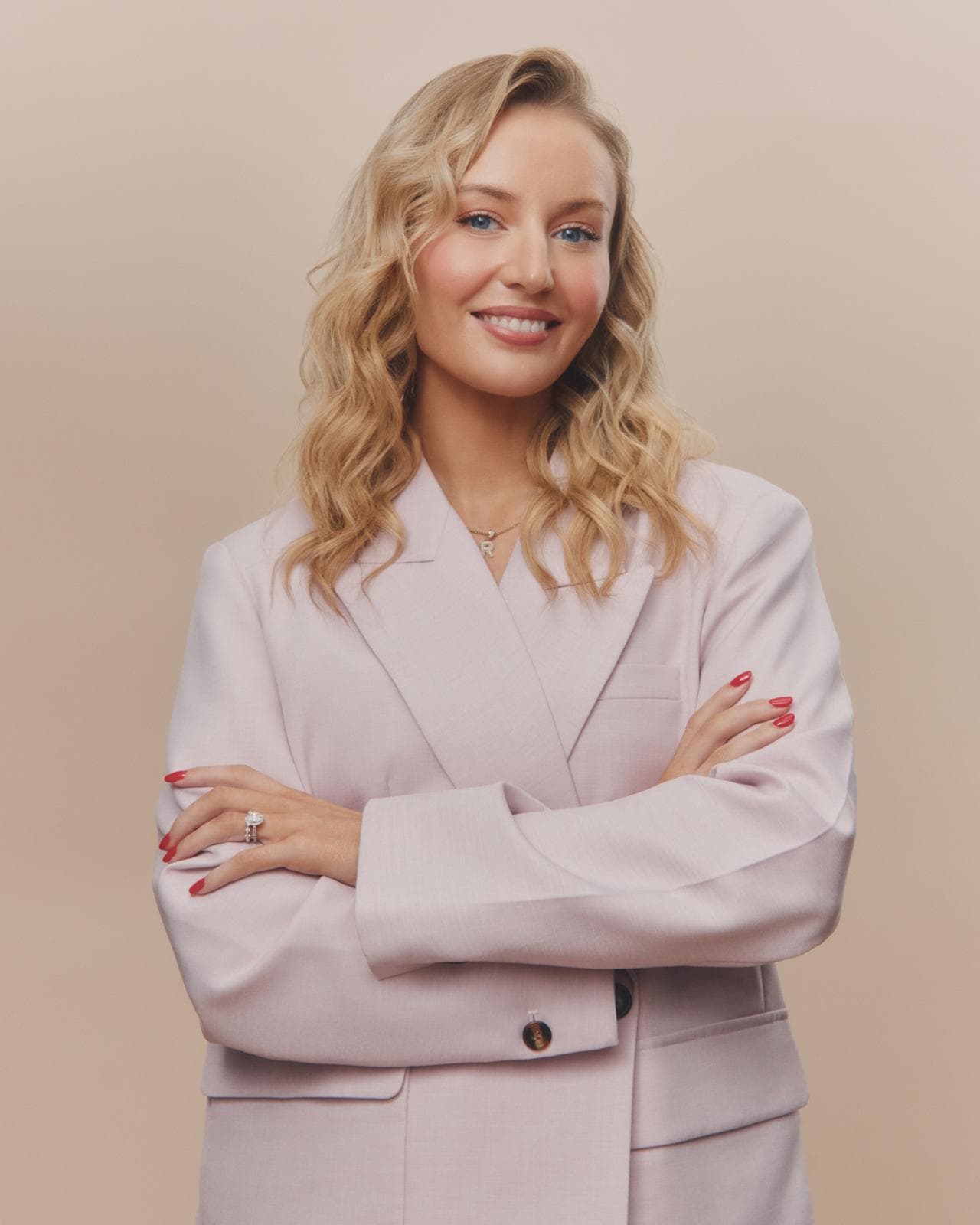
The way the brand has developed has meant that you play a really front-facing role. Was that something you ever had to grapple with?
I think a really core part of the brand that resulted in me being very front-facing was that the customers had lost trust with the healthcare professionals. They were prescribed things like the pill and not really being walked through what that could look like in terms of side effects. So I think hearing from someone who’s had the problem first hand, who lived it and could actually relate to them was what made the brand very different in the market and probably helped us gain quite a lot of trust.
Your pimple patches are your best-selling product. But not only are they really well formulated, they also look a lot cuter than the average pimple patch. What was the process of designing your new decorative patches like?
We had so much fun coming up with personas, you know. Is it your Pilates girl who goes out for an early brunch on a Sunday with her friends and loves a matcha? Or is it your party girl who’s out till 3am? Or is it your pop princess who’s got all things pink? It was just a fun process creating it all in house. And that’s why we’ve got people saying to us, I can’t wait till I get a pimple and I can wear these.
Obviously having a very loyal fanbase is recognition in itself, but you’ve also had huge landmark achievements, like Forbes 30 under 30. What was that moment like for you?
When I found out I was actually being wheeled into a colonoscopy and it was actually the most unglamorous thing ever. I got the e-mail, and I was like, Oh, cool — I’m going under. But I think over the years, you have [these moments] where you’re like, I thought it would feel different, or you’re already trying to go on to the next thing. Sometimes that feeling of achievement is a lot emptier than what you anticipate. So when I was applying for Forbes 30 under 30, I was working with an executive coach, and by the time that Forbes 30 under 30 had come around, I’d actually really learnt to appreciate the getting there versus like the actual moment. So it was really special, but [was] probably made more special by the smaller day-to-day things with the team, and having them to celebrate with more than the actual thing happening itself.
You’ve already achieved so much within these five years. What are you manifesting now?
I would have told you I was manifesting the Boots situation, which has now come to life. I’m probably not past that yet, mentally. The more people that can get access to the products, the better.
- WriterMaya Glantz

